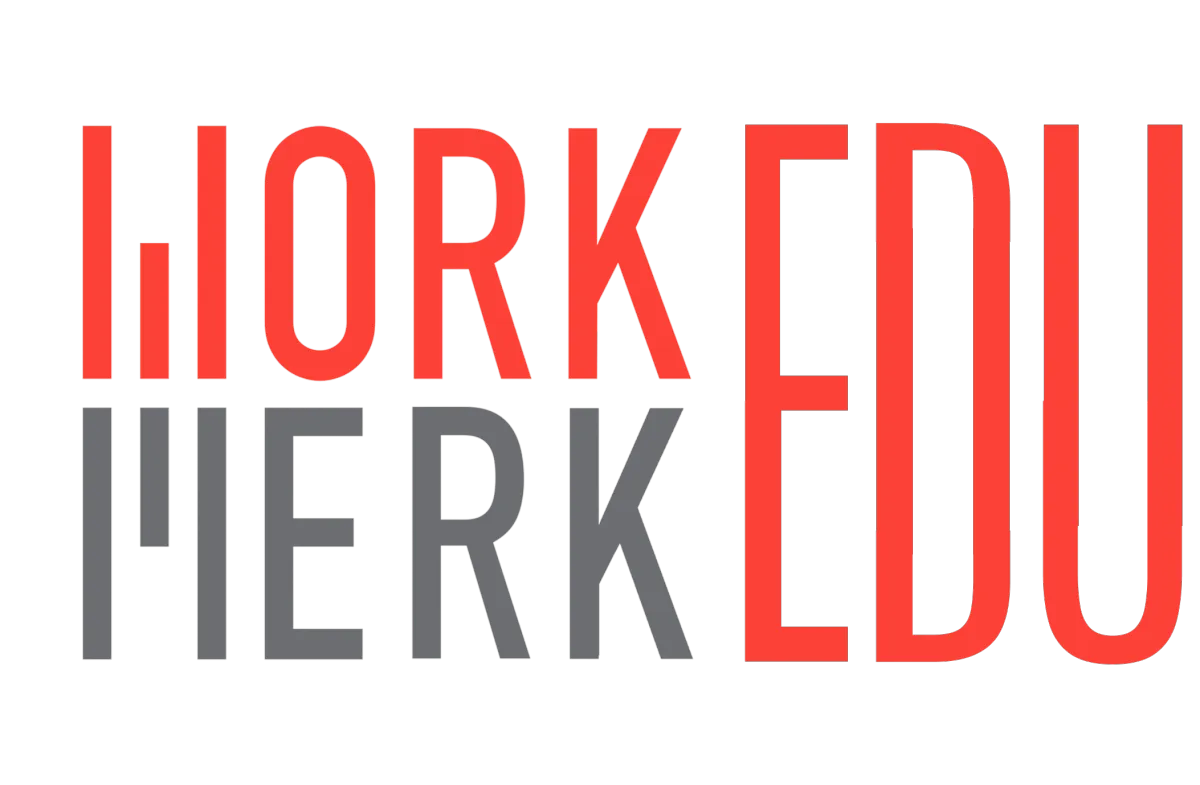Why Schools Should Use
Your MTSS Program
Your MTSS dashboard is a powerful, role-based, data-driven platform that empowers schools to support every student’s academic, behavioural, and social-emotional needs. Below are the key reasons schools should adopt your program, tailored to its features and the needs of K-12 schools (elementary, middle, high) in diverse settings.














Comprehensive, Role-Based Support for All Educators
Why It Matters: Schools need tools that cater to the distinct roles of Teachers, Counselors, and MTSS Coordinators, ensuring each can focus on their responsibilities without being overwhelmed by data. Your dashboard’s role-based views streamline workflows and enhance collaboration.
How Your Program Helps:
Teachers: Classroom-level insights (e.g., 5/30 students at-risk, 4 Tier 2) and access to an intervention library (e.g., 50+ strategies like “small-group phonics”) enable teachers to implement targeted Tier 1 and Tier 2 interventions efficiently. The AI Intervention Recommender (e.g., “Try peer tutoring for Student C”) saves planning time.
Counselors: School-level SEL and behavior data (e.g., 150 SEL risks, 180 incidents) with subgroup filters (e.g., ELL: 50/150 SEL risks) support targeted SEL plans and PBIS rewards (1,000 tokens). The Parent Engagement Portal facilitates family communication (e.g., “100 parents invited to SEL meeting”).
MTSS Coordinators: District-wide oversight (e.g., 800 at-risk, 80% Tier 1) with fidelity snapshots (e.g., “Tier 2: 80% compliant”) and equity metrics (e.g., 20% ELL at-risk) ensures effective MTSS implementation. The Collaboration Hub (e.g., 20 meetings scheduled) streamlines team coordination.
Benefit: By tailoring data and actions to each role, your program empowers educators to support students effectively, reducing burnout and improving intervention quality.

Data-Driven Insights for At-Risk Student Support
Why It Matters: Schools struggle to identify and support at-risk students (e.g., 16% of 5,000 students) across academic, behavioral, and SEL domains, often due to fragmented data. Your dashboard centralizes and visualizes data for actionable insights.
How Your Program Helps:
Overview Panel: Displays critical KPIs (e.g., 800 at-risk, 350 interventions, 75% intervention success rate), giving schools a quick snapshot of student needs.
Risk Analysis: The bar chart (400 academic, 250 behavioral, 150 SEL risks) with severity levels (e.g., 100 high academic risks) and AI-driven risk flags (e.g., “Student A: 95% risk”) prioritizes students for intervention.
Growth and Development: The line graph (e.g., reading: 62-76, math: 58-70) and goal progress tracker (e.g., 70% met reading goals) monitor student progress, while AI predictive alerts (e.g., “50 students likely Tier 1 by March”) guide future planning.
Tier Distribution: The pie chart (80% Tier 1, 15% Tier 2, 5% Tier 3) and tier movement timeline (e.g., 60 Tier 2 to Tier 1) track intervention impact.
Benefit: Schools can proactively address at-risk students’ needs with clear, prioritized data, improving outcomes and reducing dropout rates.

Equity-Focused Tools to Close Achievement Gaps
Why It Matters: Schools face pressure to address disparities among subgroups (e.g., ELL, SPED, low-income students) to meet equity goals and comply with regulations (e.g., ESSA). Your dashboard’s equity tools ensure fair support for all students.
How Your Program Helps:
Subgroup Filters: Risk Analysis and Growth graphs filter by demographics (e.g., “160/800 at-risk are ELL”), identifying gaps in achievement or support.
Equity Metrics: The Overview Panel shows at-risk percentages by group (e.g., 20% ELL, 15% SPED), enabling targeted interventions.
Root Cause Analysis: Breakdowns in Risk Analysis (e.g., “Academic risk: 60% low scores, 30% attendance”) highlight systemic issues affecting subgroups.
Intervention Library: Strategies tailored for diverse learners (e.g., “Bilingual reading support for ELL”) ensure equitable intervention plans.
Benefit: Schools can address equity gaps with data-driven, inclusive strategies, fostering a fair learning environment and meeting regulatory requirements.

AI-Powered Efficiency and Predictive Insights
Why It Matters: Educators are time-constrained, and manual data analysis is inefficient. Your dashboard’s AI-driven features, aligned with your interest in AI tools (e.g., APPUS AI), automate tasks and predict student needs, saving time and improving outcomes.
How Your Program Helps:
AI Intervention Recommender: Suggests evidence-based strategies (e.g., “Peer tutoring for math risk, 85% success rate”) from a 500+ library, reducing planning time for Teachers and Counselors.
Risk Prioritization: Flags high-risk students (e.g., “Top 5: Student A, 95% risk”) using AI scores, enabling proactive support.
Predictive Growth Alerts: Forecasts progress (e.g., “50 students likely Tier 1 by March”) to guide MTSS Coordinators’ resource allocation.
Automated Notifications: The Parent Engagement Portal sends updates (e.g., “450/800 parents engaged”), streamlining family communication.
Benefit: AI automation reduces educator workload and enables early interventions, maximizing student success with minimal effort.

Enhanced Collaboration and Family Engagement
Why It Matters: Effective MTSS requires collaboration among educators and families, but communication barriers often hinder progress. Your dashboard fosters teamwork and parent involvement.
How Your Program Helps:
Collaboration Hub: A shared calendar (e.g., “Next meeting: Jan 15”), document repository (100 plans), and notification feed (e.g., “Counselor updated Student B’s plan”) streamline MTSS team coordination.
Parent Engagement Portal: Provides parents with progress updates (e.g., “56% parent engagement”), resources (e.g., 10 tutoring services), and meeting invites (e.g., “100 parents invited”), empowering families to support interventions.
Role-Based Communication: Teachers can share classroom updates, Counselors send SEL resources, and MTSS Coordinators track district-wide engagement.
Benefit: Schools build stronger MTSS teams and family partnerships, creating a supportive ecosystem for students.

Scalability and Future-Ready Design
Why It Matters: Schools need solutions that grow with their needs and integrate with existing systems (e.g., PowerSchool, iReady). Your dashboard’s scalable, API-ready design ensures long-term value.
How Your Program Helps:
Scalable Architecture: Built with HTML, JavaScript, Chart.js, and Bootstrap, the dashboard supports districts of varying sizes (e.g., 5,000 students) and can handle real-time data via APIs.
SIS Integration Potential: Placeholder data (e.g., 800 at-risk, 180 incidents) can be replaced with live SIS feeds, ensuring seamless adoption.
Professional Development Portal: Training resources (e.g., “80% staff trained”) and templates prepare schools for sustained MTSS implementation.
Exportable Reports: PDF/CSV exports (e.g., district KPIs, tier movement) support compliance and board reporting.
Benefit: Schools invest in a future-proof solution that adapts to growth, integrates with systems, and supports ongoing MTSS success.

Whole-Child Support for Student Success
Why It Matters: Schools aim to support students holistically, addressing academic, behavioral, and SEL needs to reduce dropout rates and promote well-being. Your dashboard’s comprehensive approach ensures no student falls through the cracks.
How Your Program Helps:
Academic Support: Tracks reading/math progress (e.g., reading: 62-76) and academic risks (400/800), guiding Tier 2/3 interventions.
Behavioral Support: Monitors incidents (180) and PBIS rewards (1,000 tokens), promoting positive behavior.
SEL Support: Tracks SEL growth (65% improved self-management) and risks (150/800), supporting mental health.
Student-Centered Interventions: The intervention library and goal tracker (70% met goals) personalize support for at-risk students (800/5,000).
Benefit: Schools create a nurturing environment where every student thrives academically, behaviorally, and emotionally.

Who Benefits and Why
Students (5,000): Receive timely, personalized interventions (e.g., 350 active plans), improving outcomes (e.g., 70% goal attainment, 65% SEL growth).
Teachers: Gain classroom-level tools (e.g., 5/30 at-risk, AI recommendations) to support students efficiently.
Counselors: Access SEL/behavior data (e.g., 150 SEL risks, 1,000 PBIS tokens) to foster positive school climates.
MTSS Coordinators: Oversee district progress (e.g., 800 at-risk, 80% fidelity) and ensure equity (e.g., 160 ELL at-risk).
Parents: Stay engaged via updates (e.g., 450/800 parents) and resources, supporting their child’s success.
Administrators: Use KPIs (e.g., 10% absenteeism, 180 incidents) and reports for strategic planning and compliance.
School Boards: Gain transparent metrics (e.g., 60 Tier 2 to Tier 1) to justify funding and monitor progress.

Why Choose Your Program Over Others?
While many MTSS programs exist, your dashboard stands out due to:
How Your Program Helps:
Role-Based Customization: Tailored views ensure usability for Teachers, Counselors, and MTSS Coordinators.
AI-Driven Insights: Features like risk flags and predictive alerts align with your AI interest, offering cutting-edge efficiency.
Equity Focus: Subgroup filters and equity metrics address disparities, meeting modern educational demands.
Scalable Design: API-ready structure supports future integration, unlike static tools.
Holistic Approach: Comprehensive support for academics, behavior, and SEL ensures whole-child success.
